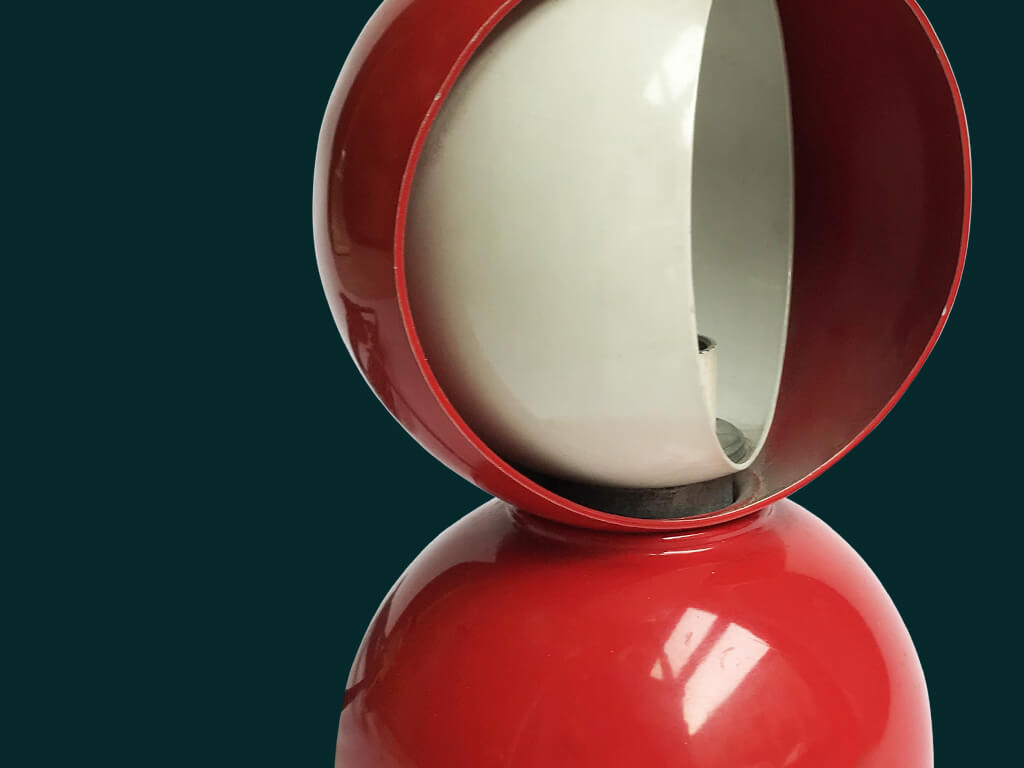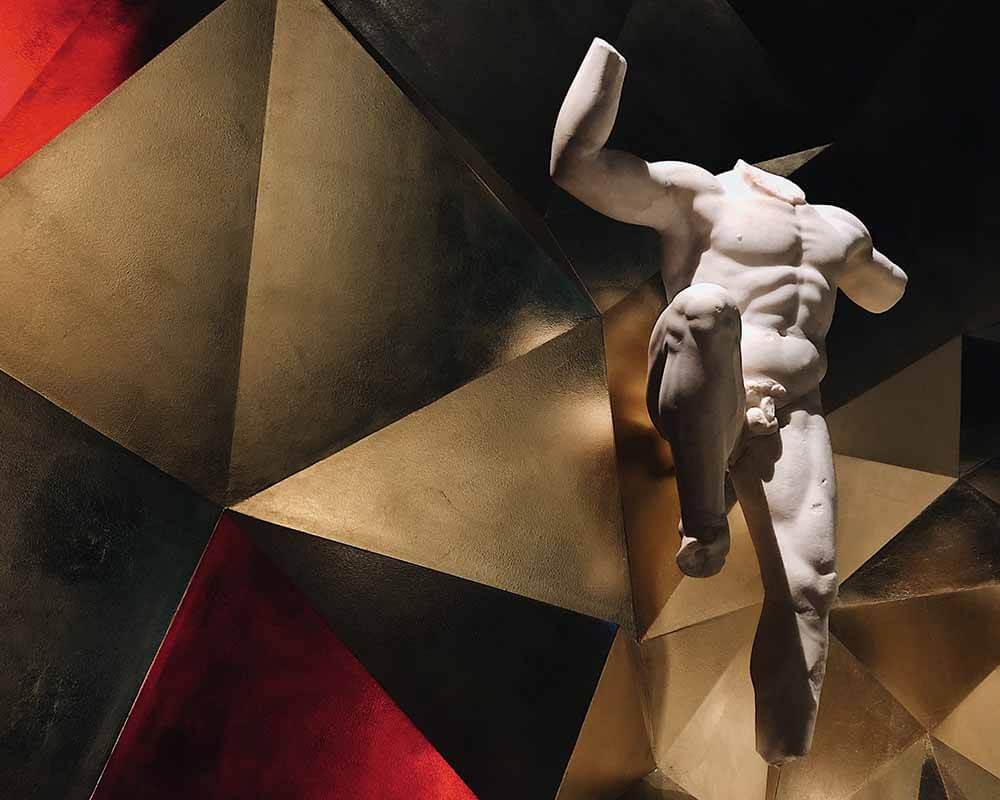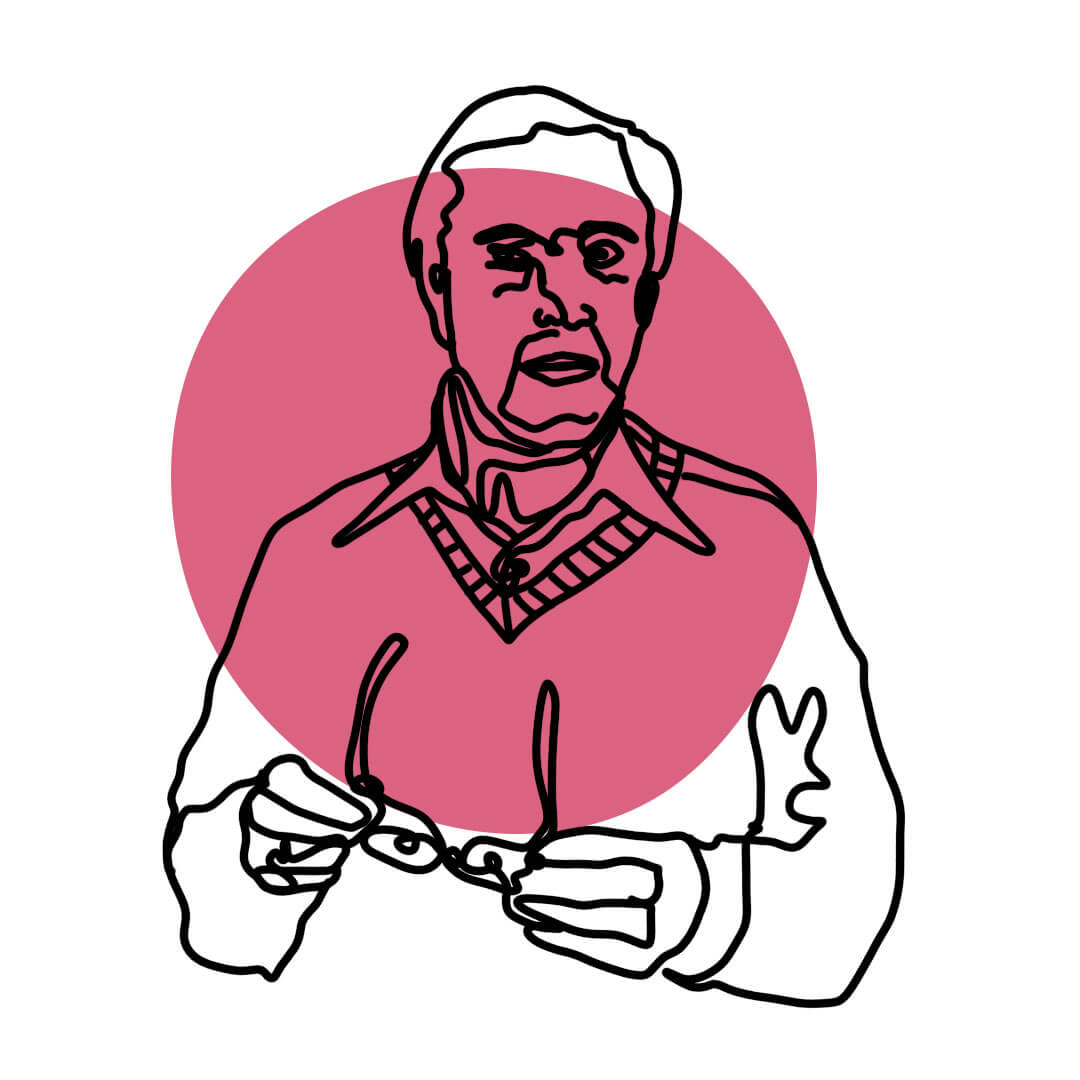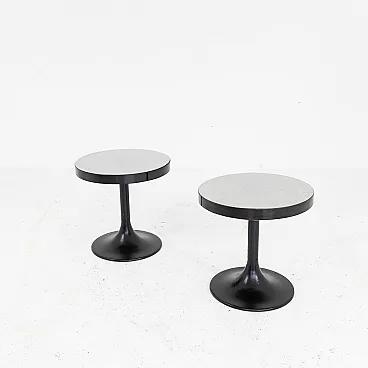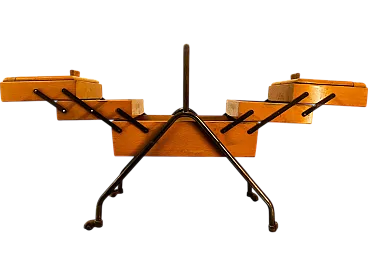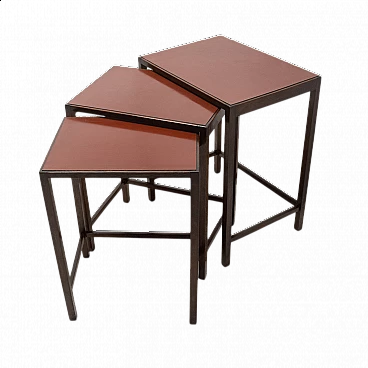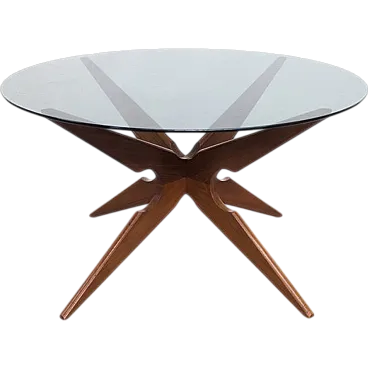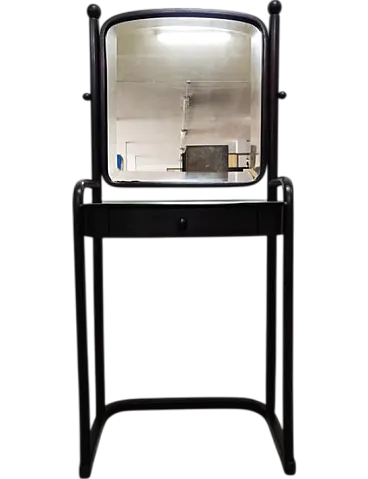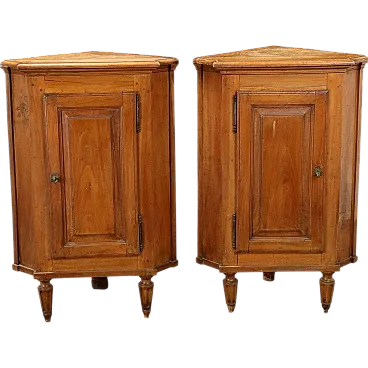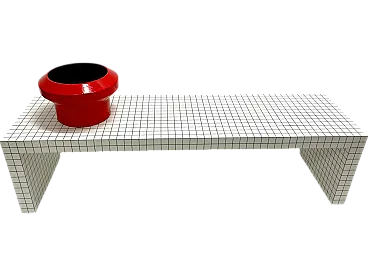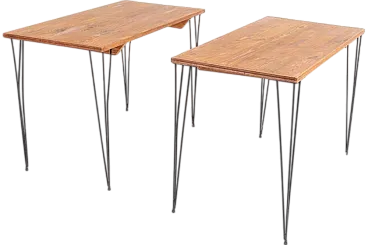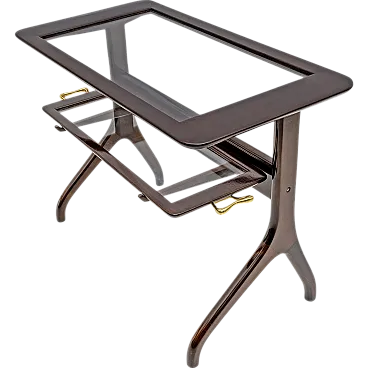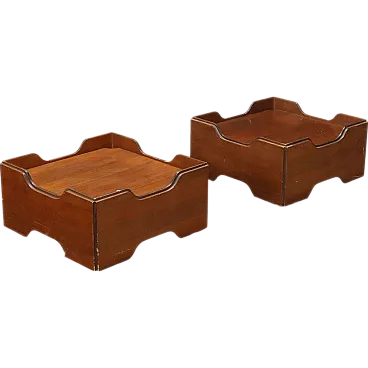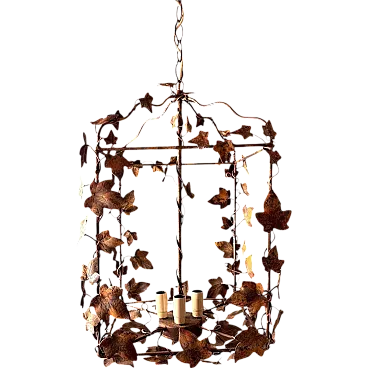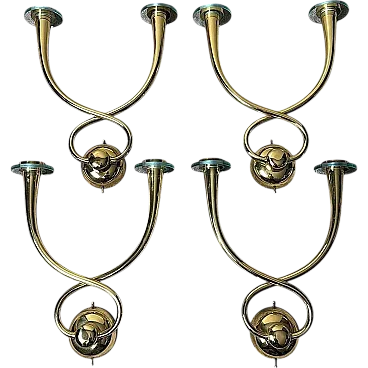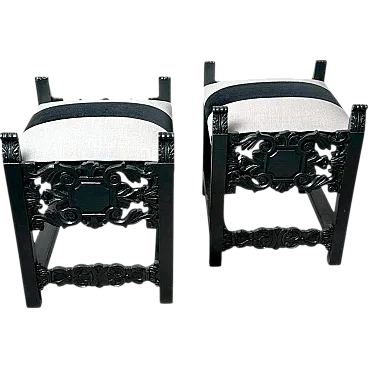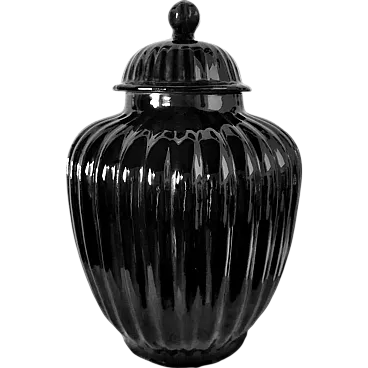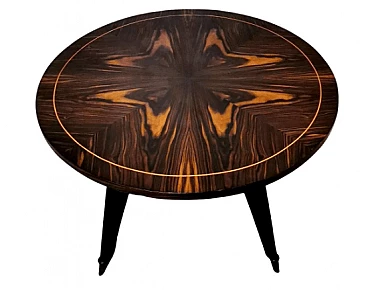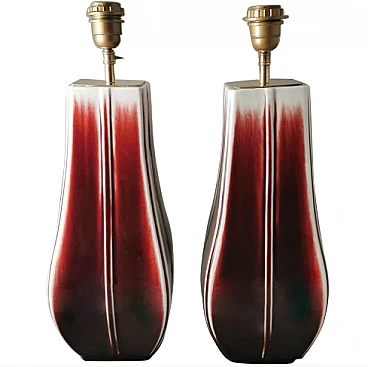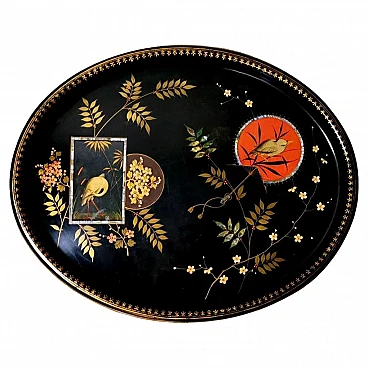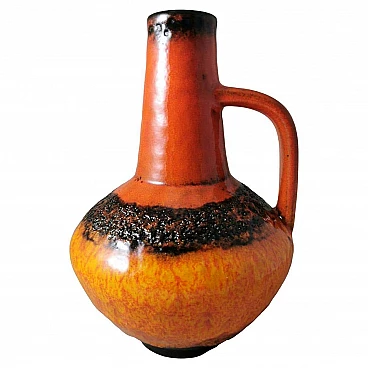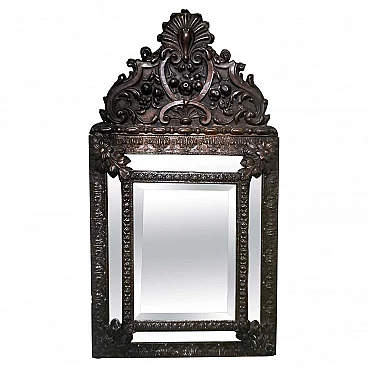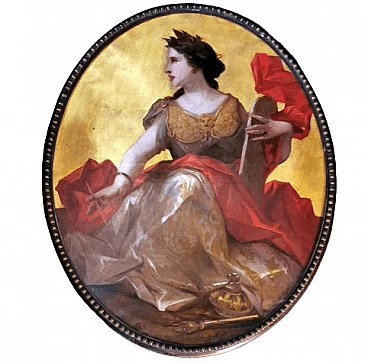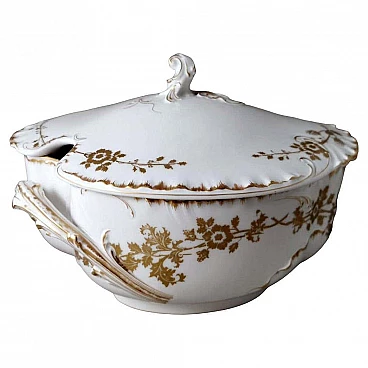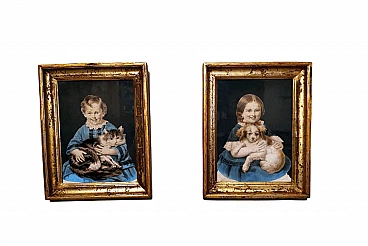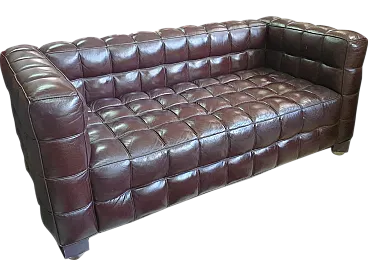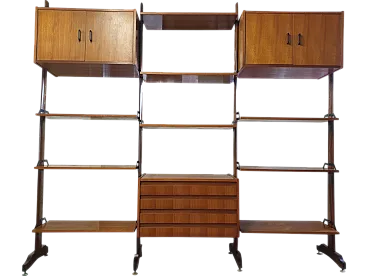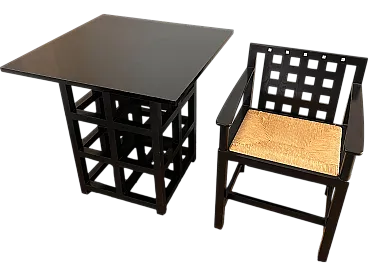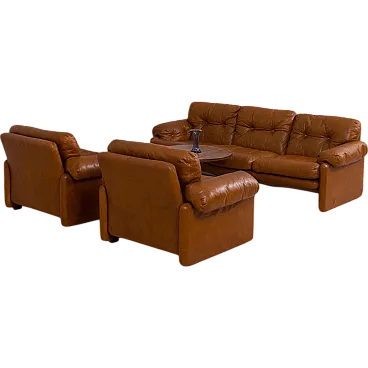Round coffee table from northern Italy with orange slice veneered with walnut-feather. The central stem of the tripod is in hexagonal solid wood, the three final supports, always in solid wood, are shaped and well whittled with simple and rigorous lines. At the center of the table, there is a delicate and refined inlay reproducing a rose, made by hand with soft precious woods. The two peripheral circles of the top are always inlaid. The most interesting and compelling feature of this table is the workmanship with which it was made: the wood veneer (the exact term is Italian lastronatura untranslatable in English, in fact, the lastronatura is very different and older than wood veneer). The lastronatura is an artisan technique that spread already during the sixteenth century and remained unchanged until the mid-nineteenth century before the Industrial Revolution. It consisted of hand-cutting the trunks of noble wood (walnut, mahogany, briar, walnut-feather, etc.) with ancient saws in so many layers with thicknesses ranging from 4 to 6 millimeters, which were then applied to furniture for decorative purposes. The finishing of this procedure was very complex: the wood layer was treated with natural earth dissolved in water for the desired shade, it was aged with stone, fixed with shellac applied with a brush and finally polishing was performed in 12 steps with a cotton pad soaked in shellac, straw oil with pumice stone powder. The lastronatura should not be confused with the wood veneer which is a modern process, in fact, the wood layer is cut by machine and the thickness is below 1 mm, while that of the lastronatura, as already mentioned, is from 4 to 6 mm. This coffee table comes from Northern Italy in 1850.
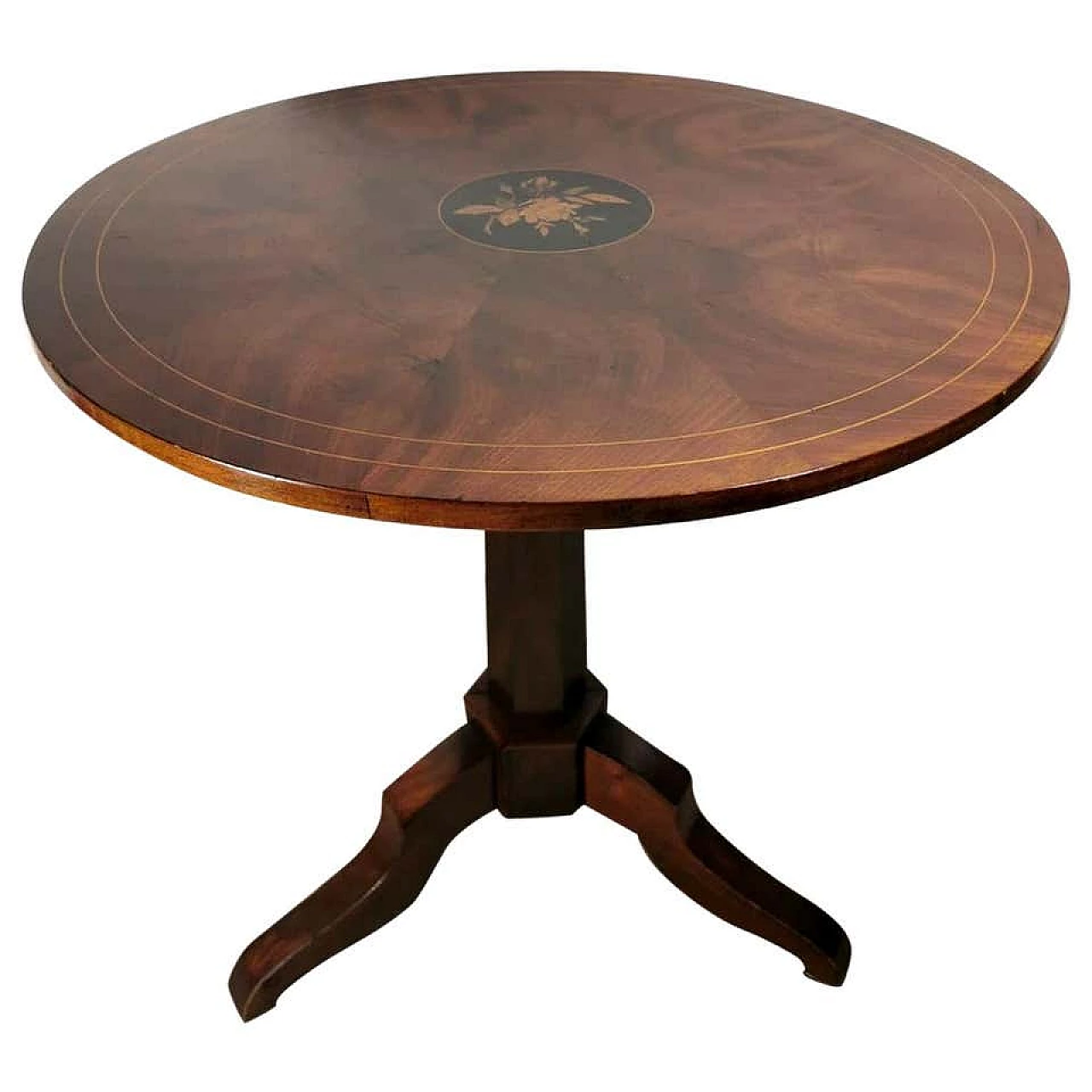
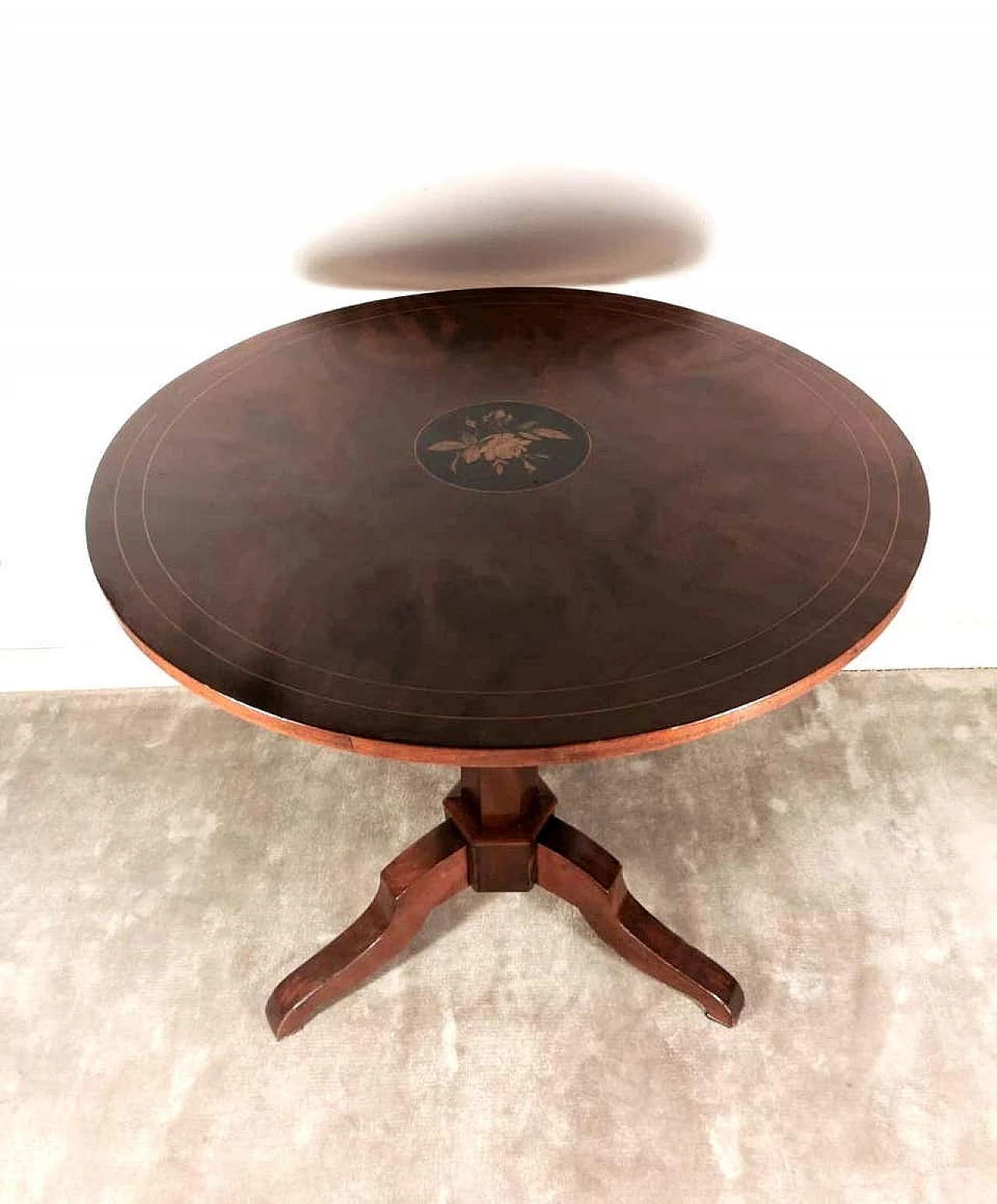
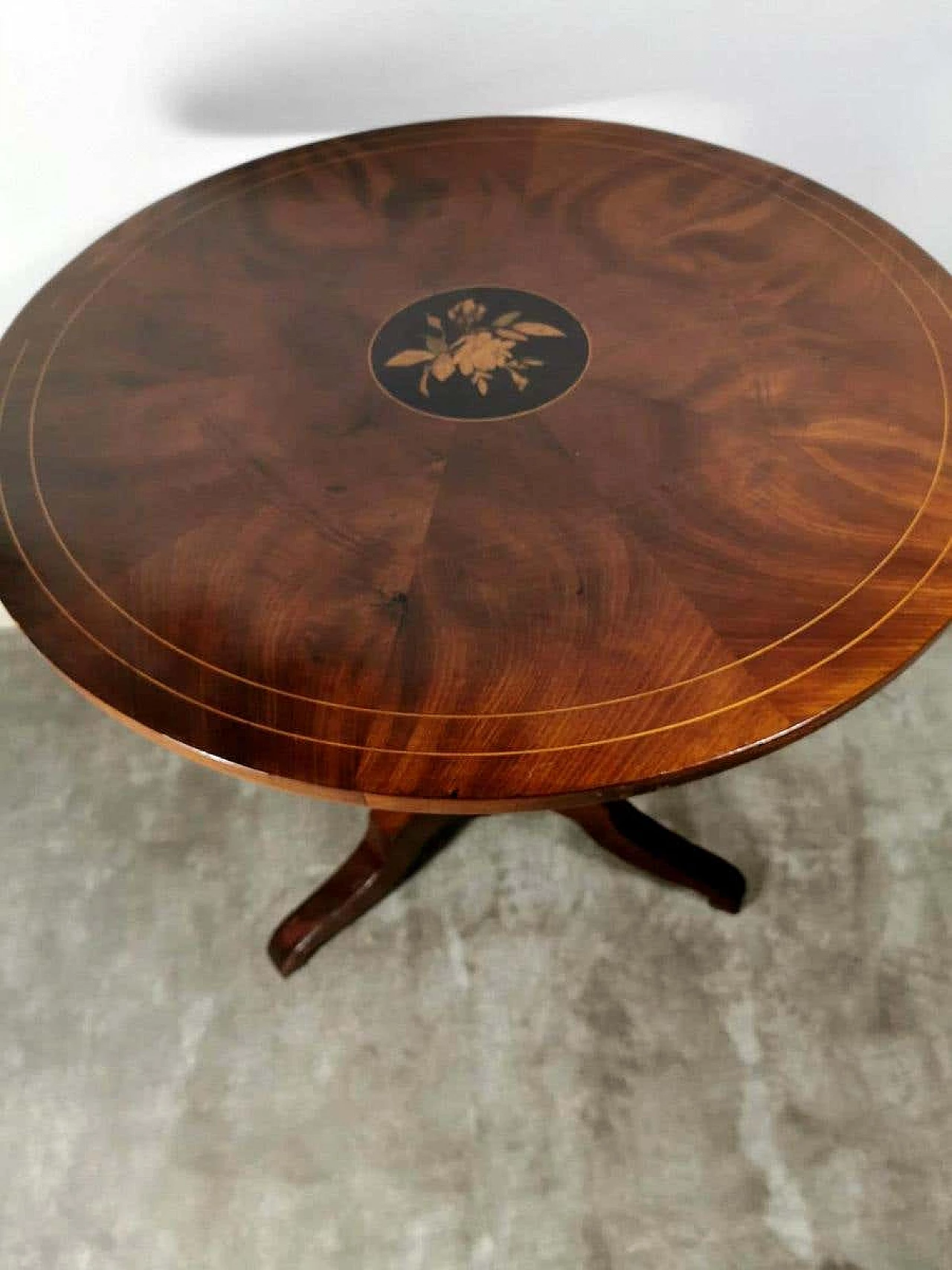
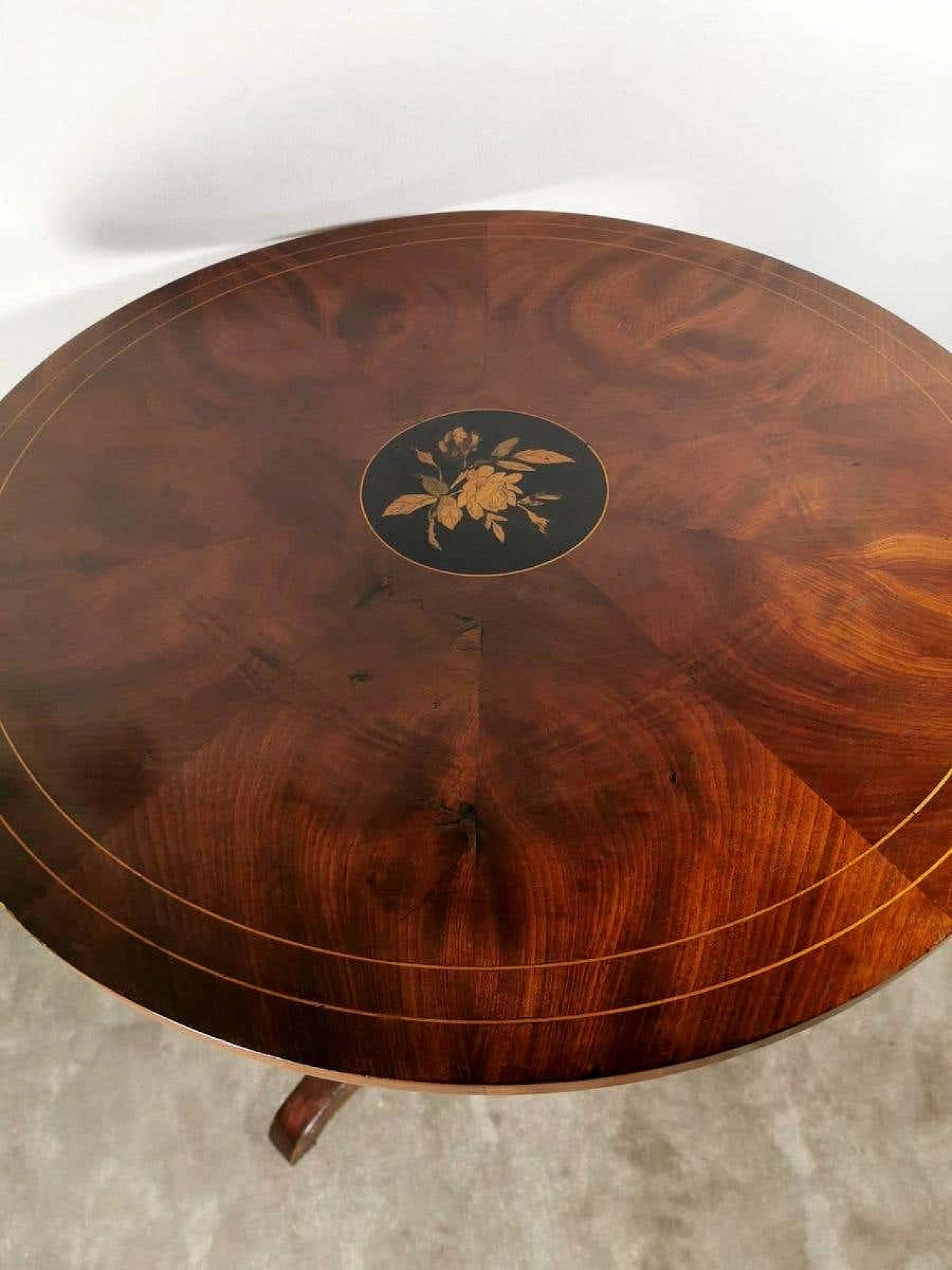
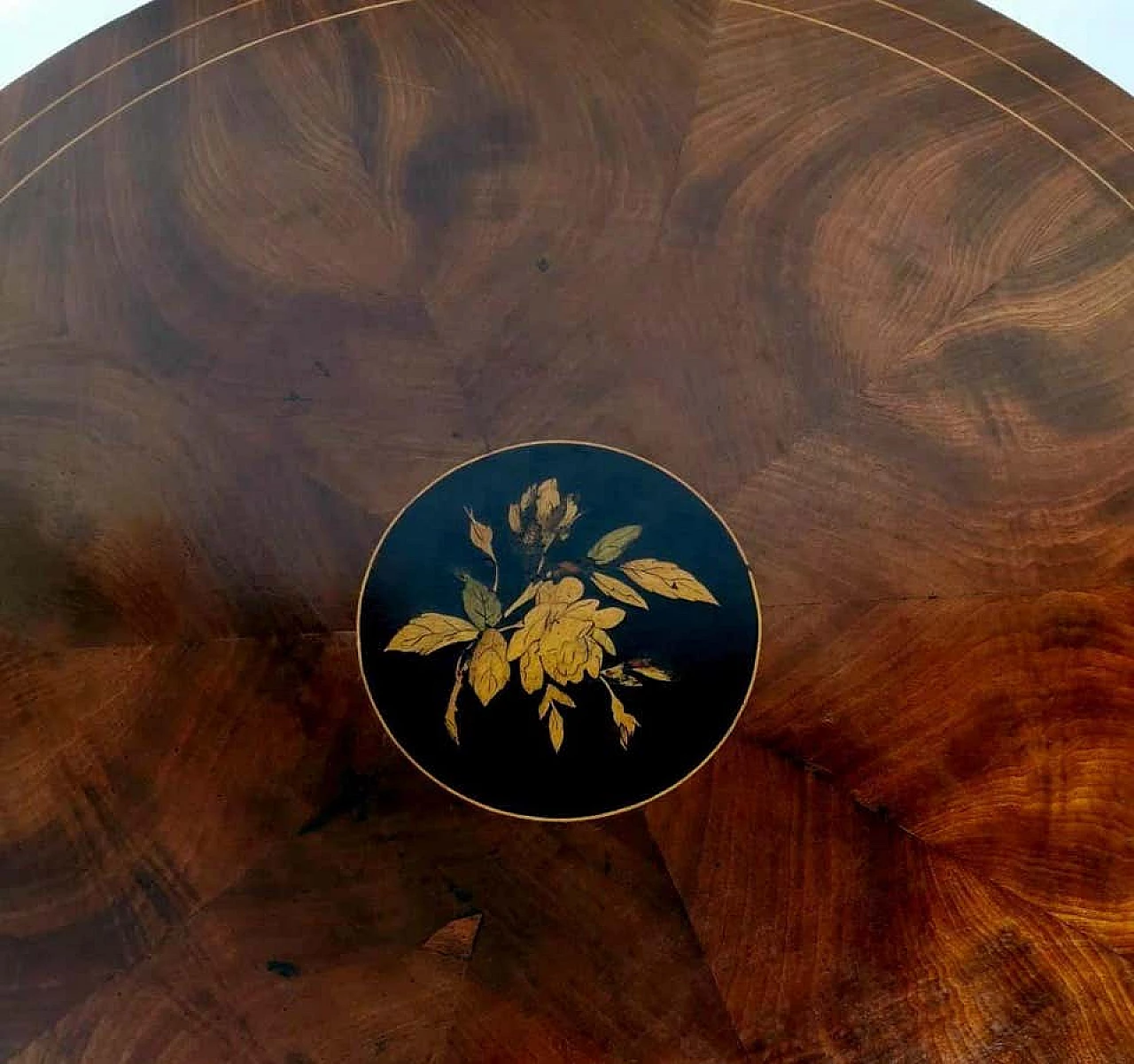

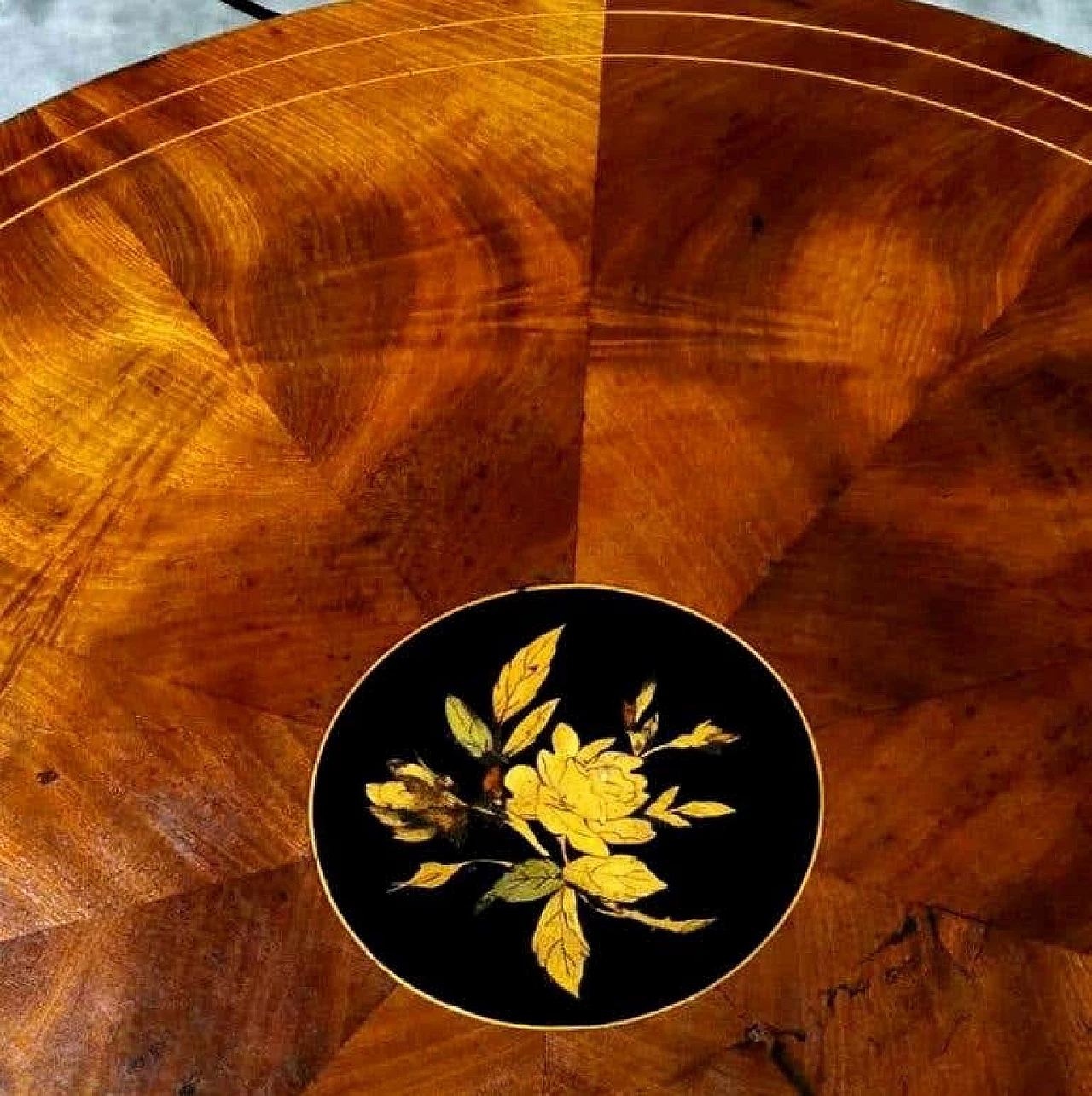
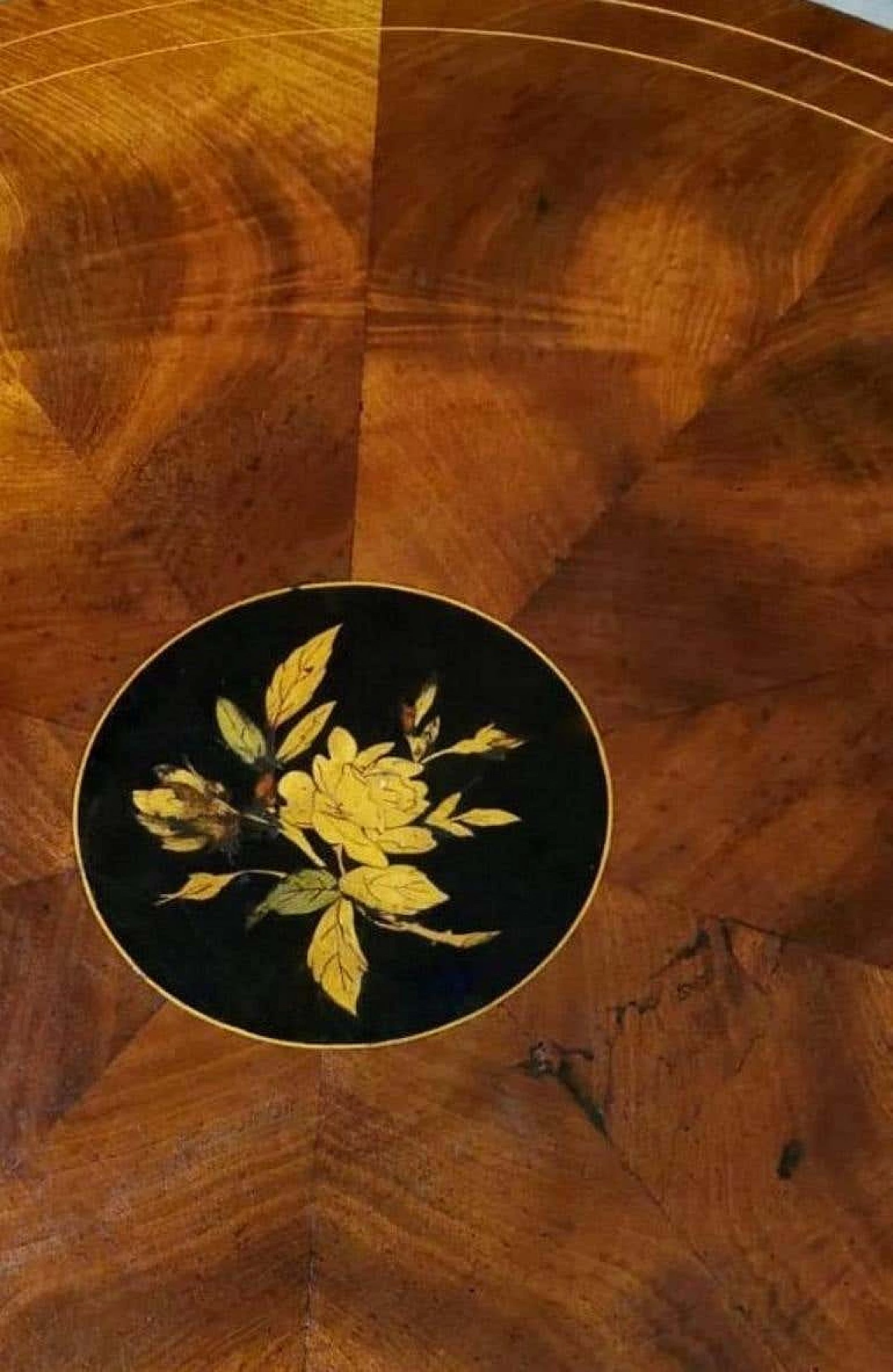
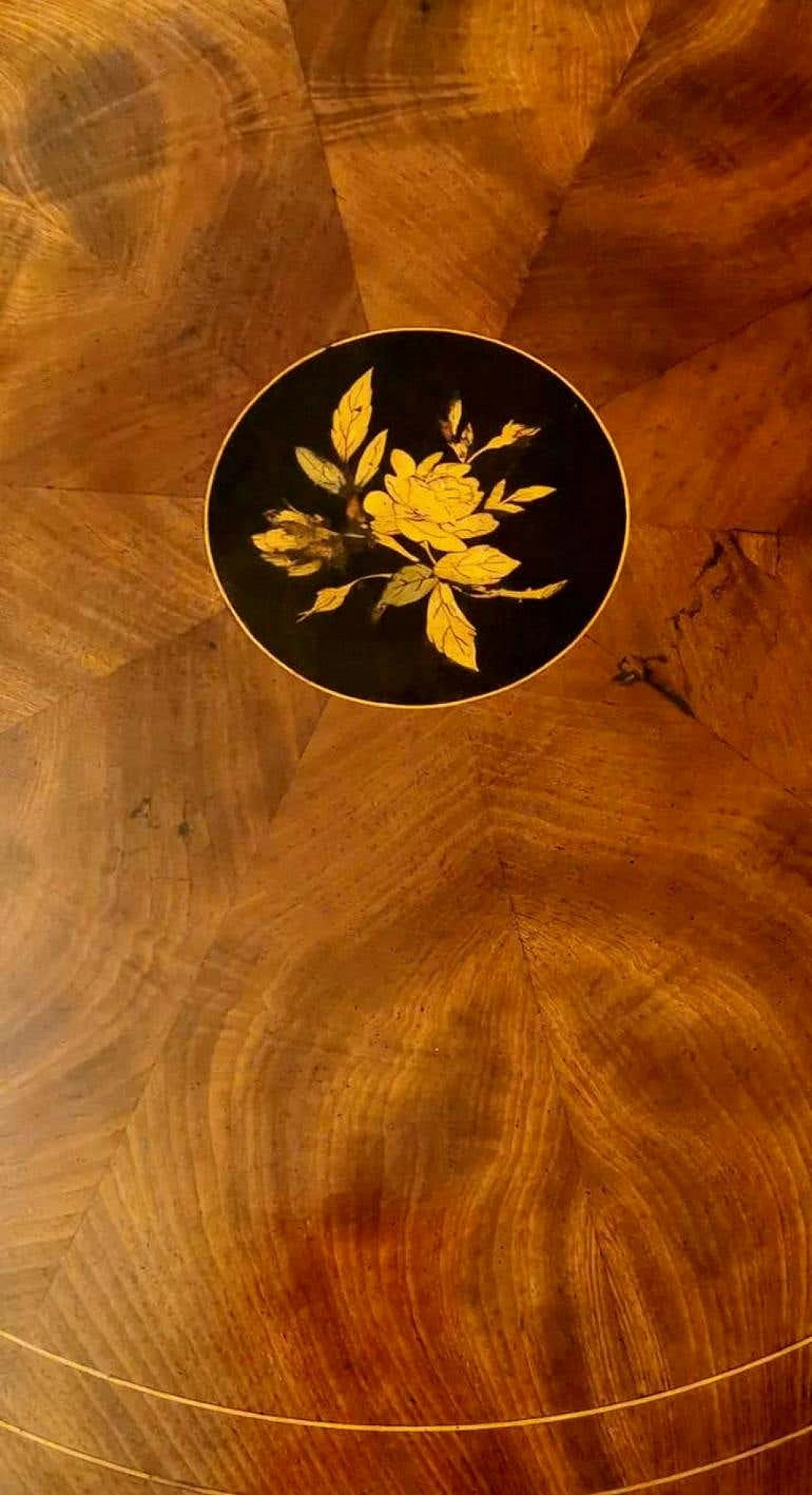
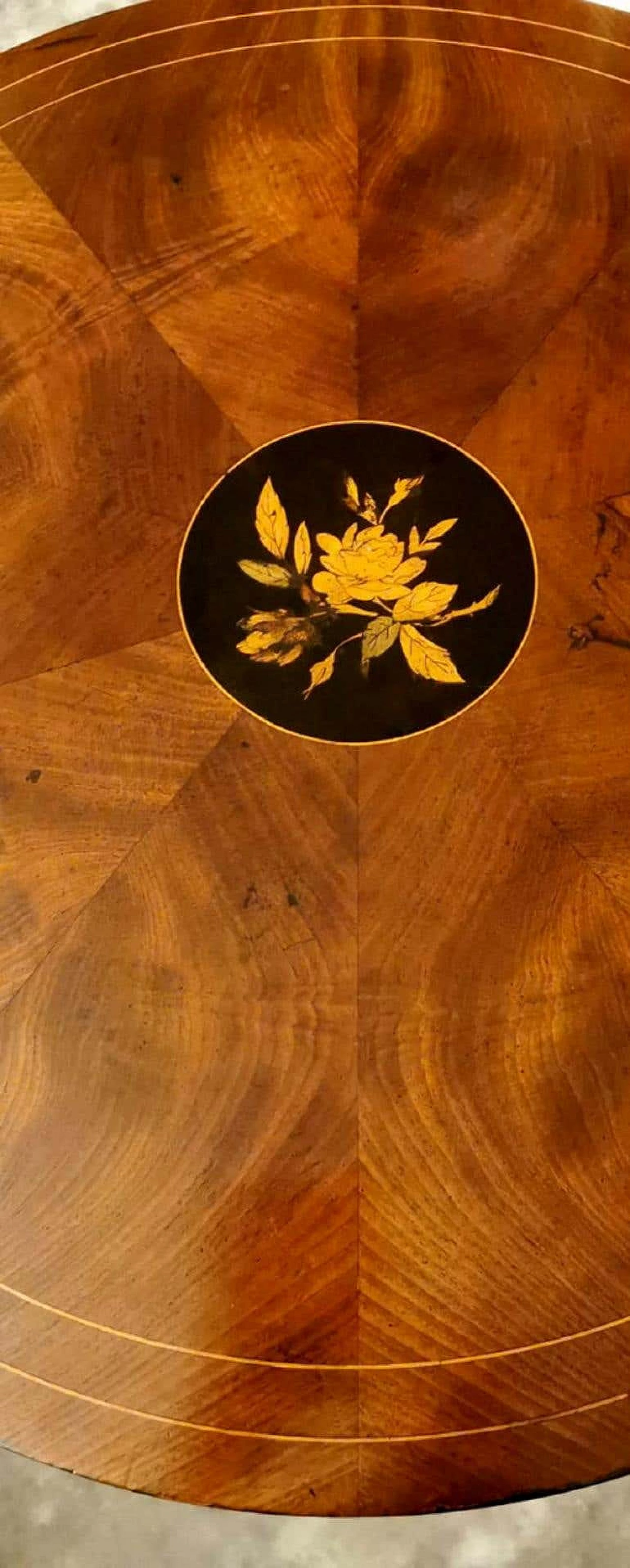
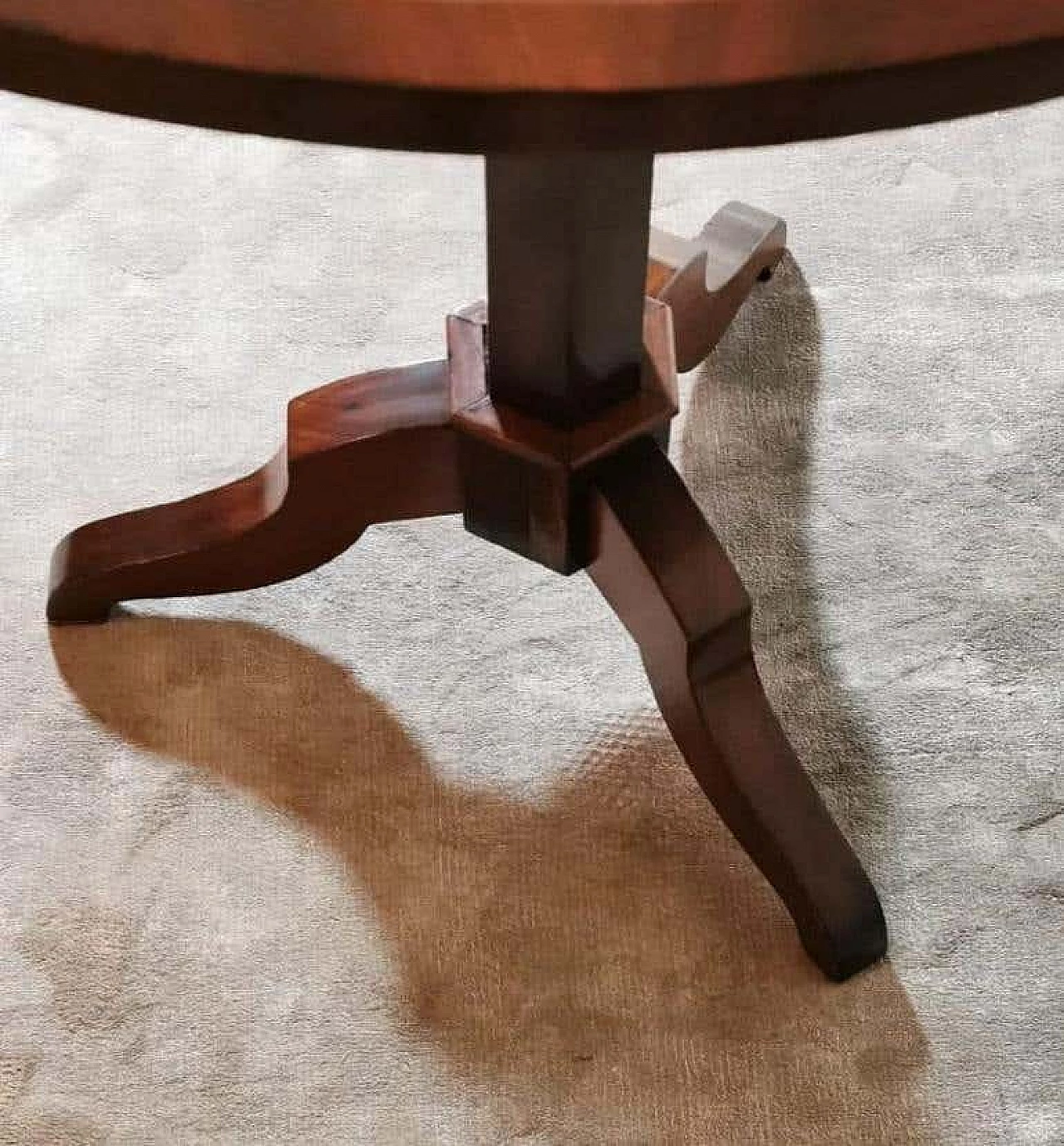
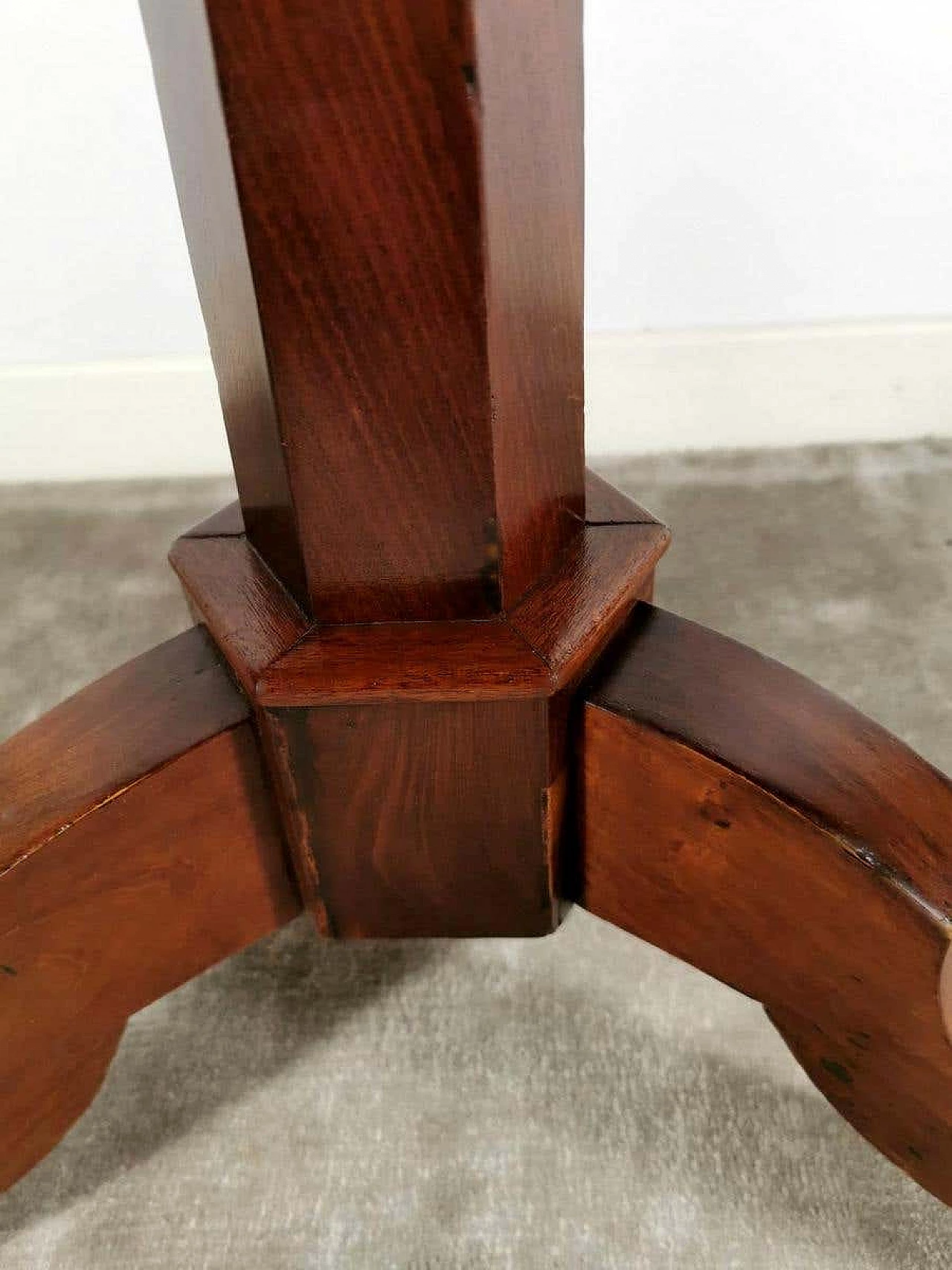
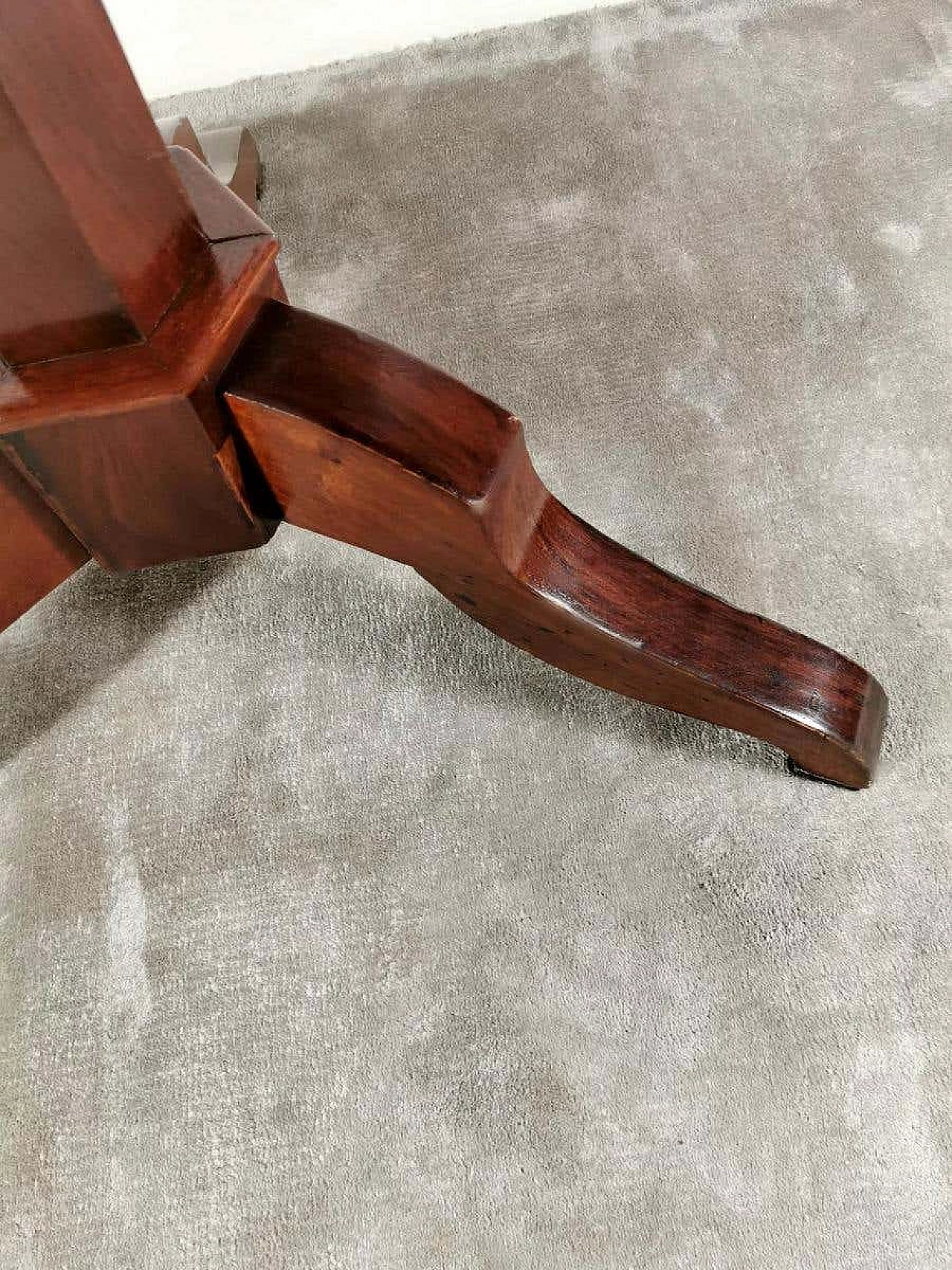
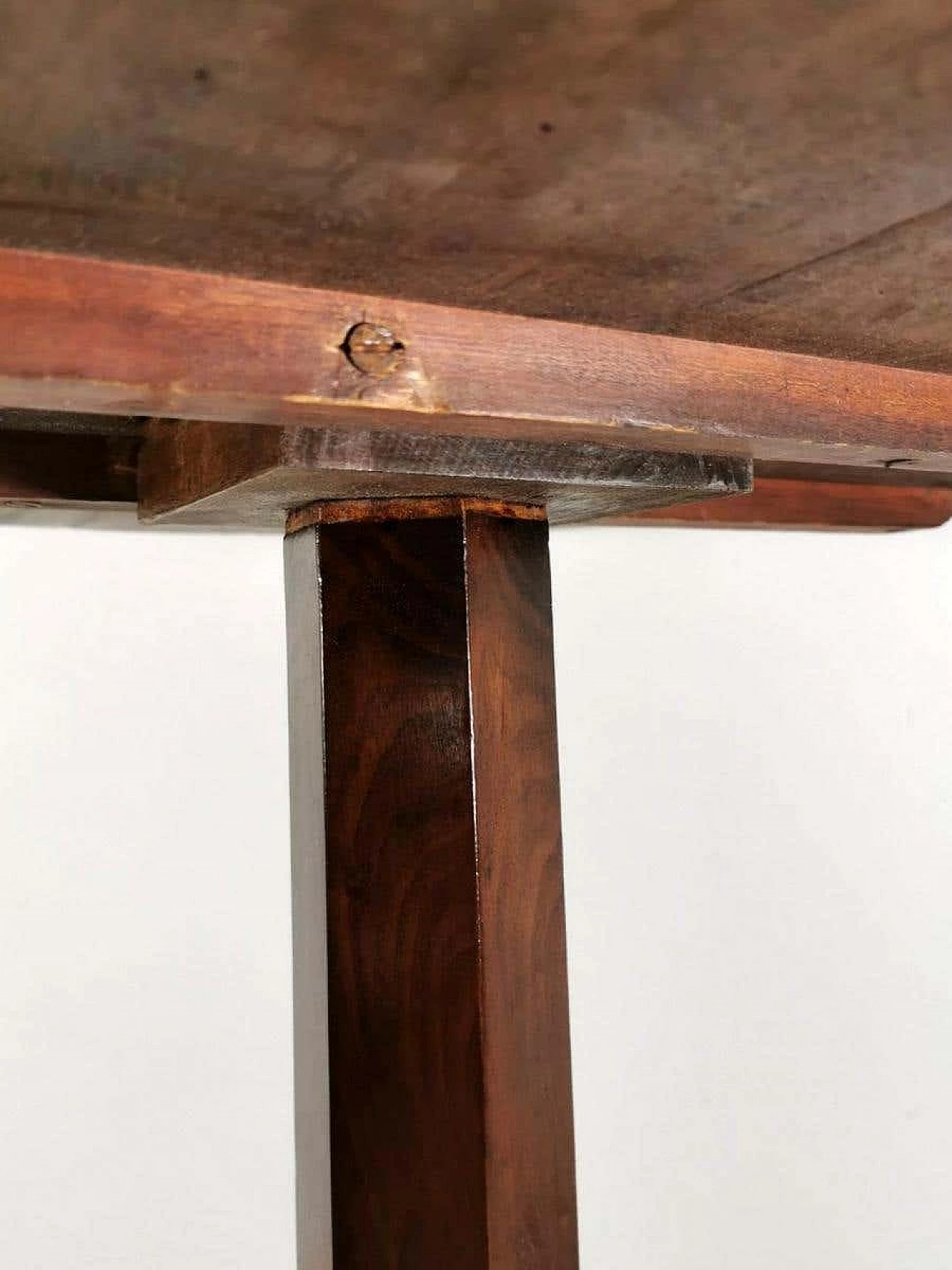
 SILVER Seller in Prato, Italy
SILVER Seller in Prato, Italy

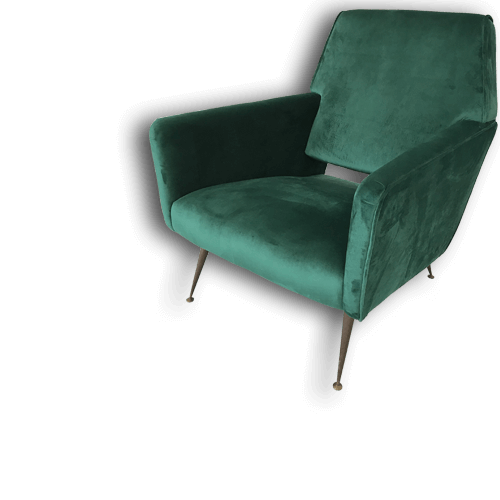



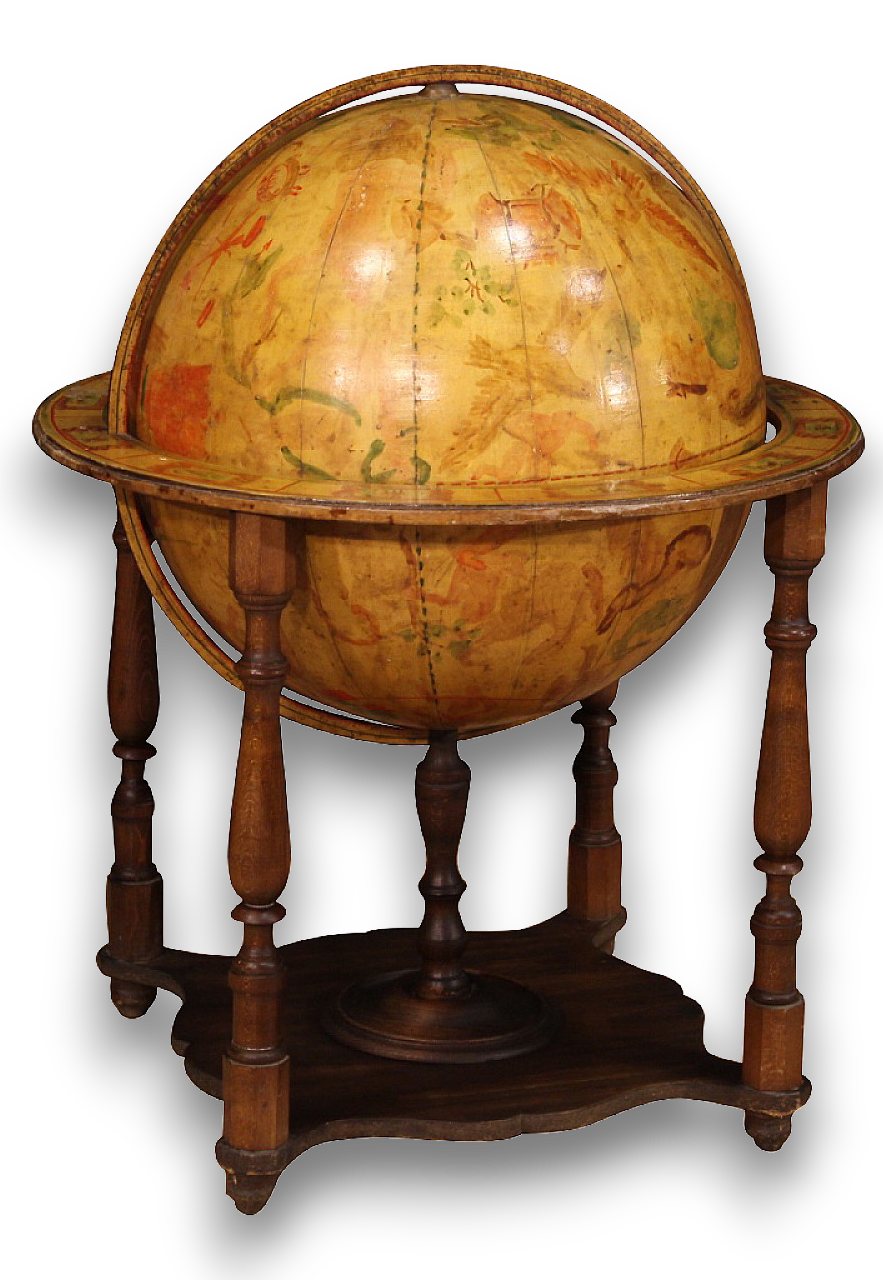
.png)

